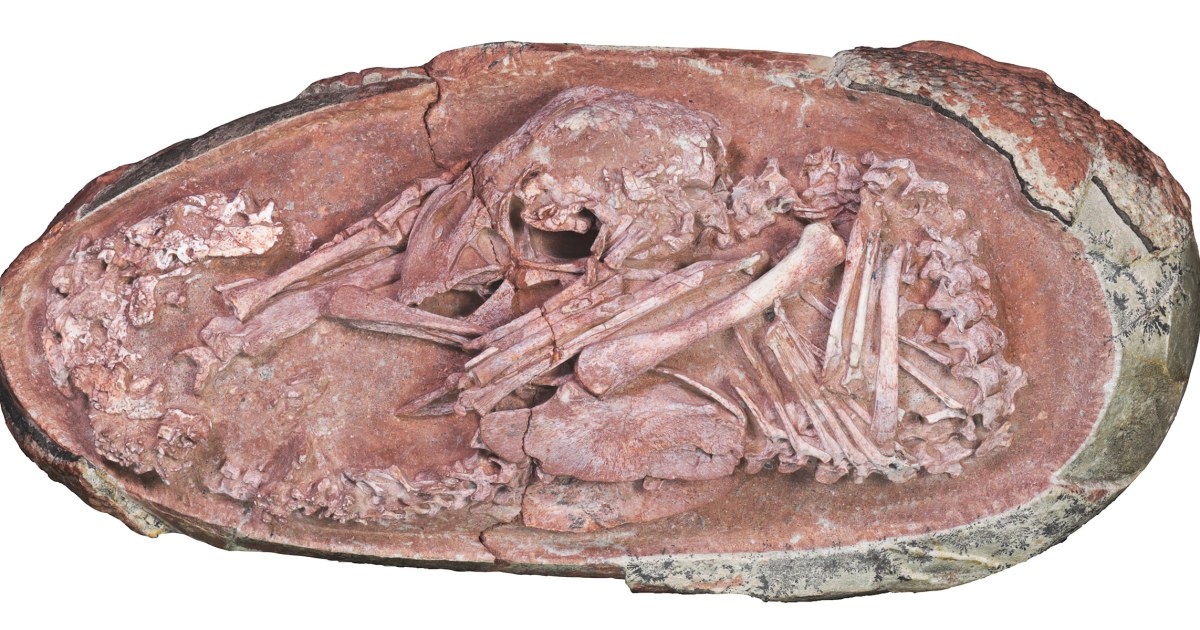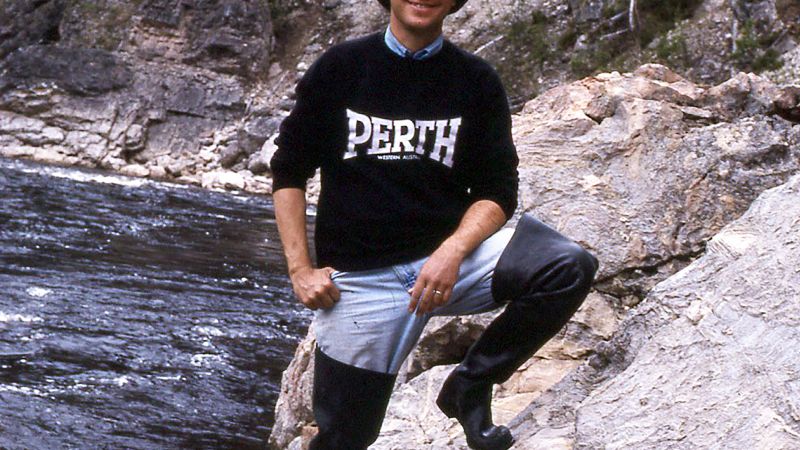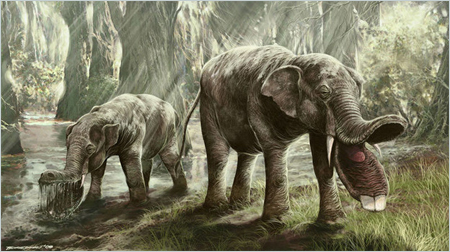- Thread starter
- #41
Cyonosaurus is a genus of the extinct suborder Gorgonopsia. There are five species in this genera: C. longiceps (Olson 1937), C. kitchingi, C. rubidgei, C. broomianus, and C. tenuirostris. They lived in the late Permian period, with fossils discovered in South Africa. Cyonosaurus was 0.6 to 1.1 meters in length, with a skull 9 to 18 centimeters in length.

Dinosaurs|Extinct Life|Extinction|Prehistoric Animals|The Dinosaur Fan
Dinosaurs|Extinct Life|Extinction|Prehistoric Animals|The Dinosaur Fan



:max_bytes(150000):strip_icc():format(webp)/isoxysROM-588b5d105f9b5874ee2c80d2.jpg)
/https%3A%2F%2Ftf-cmsv2-smithsonianmag-media.s3.amazonaws.com%2Ffiler_public%2Ff9%2Fb7%2Ff9b7d628-239e-4891-a4b9-e8783af767b3%2F1223_millipede.jpeg)



